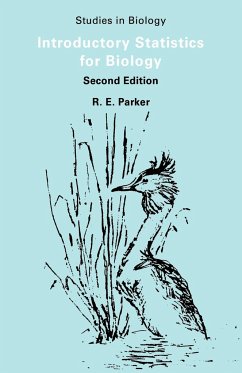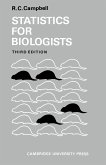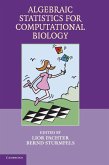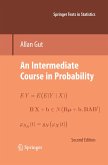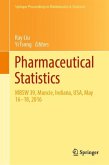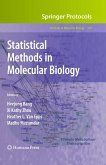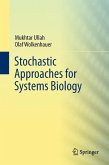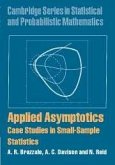This introductory text presents the use of statistical methods as an integral part of biological investigation, yet one whose superficial complexities have deterred many biologists from using them. The author argues that the difficulties, such as they are, do not lie in mathematical manipulation, but in grasping a few simple, but unfamiliar concepts. He emphasizes the need for precisely defining problems and for careful selection of the most appropriate methods - a wide range of which are described and illustrated. Each chapter ends with a set of problems which are intended to help the student gain practical experience. No previous knowledge is assumed, and the student is encouraged to develop a competent and critical approach to analysing numerical data. In this second edition, the scope of the book has been extended, problems have been solved in a more satisfactory way, and a greater number of illustrative examples have been added.
Table of contents:
General preface to the series; How to use this book; 1. Probability and statistics; 2. Continuous distributions: confidence limits; 3. Continuous distributions: tests of significance; 4. Discontinuous distributions: binomial distribution; 5. Discontinuous distributions: poisson distribution; 6. Analysis of frequencies: single classification; 7. Analysis of frequencies: double classification; 8. Interrelationships of quantitative variables; 9. Analysis of variance: single classification; 10. Analysis of variance: double classification; Solutions to problems; Selected statistical tables.
This introductory text presents the use of statistical methods as an integral part of biological investigation, yet one whose superficial complexities have deterred many biologists from using them. The author argues that the difficulties, such as they are, do not lie in mathematical manipulation, but in grasping a few simple, but unfamiliar concepts.
In this second edition, the scope of the book has been extended, problems have been solved in a more satisfactory way, and a greater number of illustrative examples have been added.
Hinweis: Dieser Artikel kann nur an eine deutsche Lieferadresse ausgeliefert werden.
Table of contents:
General preface to the series; How to use this book; 1. Probability and statistics; 2. Continuous distributions: confidence limits; 3. Continuous distributions: tests of significance; 4. Discontinuous distributions: binomial distribution; 5. Discontinuous distributions: poisson distribution; 6. Analysis of frequencies: single classification; 7. Analysis of frequencies: double classification; 8. Interrelationships of quantitative variables; 9. Analysis of variance: single classification; 10. Analysis of variance: double classification; Solutions to problems; Selected statistical tables.
This introductory text presents the use of statistical methods as an integral part of biological investigation, yet one whose superficial complexities have deterred many biologists from using them. The author argues that the difficulties, such as they are, do not lie in mathematical manipulation, but in grasping a few simple, but unfamiliar concepts.
In this second edition, the scope of the book has been extended, problems have been solved in a more satisfactory way, and a greater number of illustrative examples have been added.
Hinweis: Dieser Artikel kann nur an eine deutsche Lieferadresse ausgeliefert werden.

